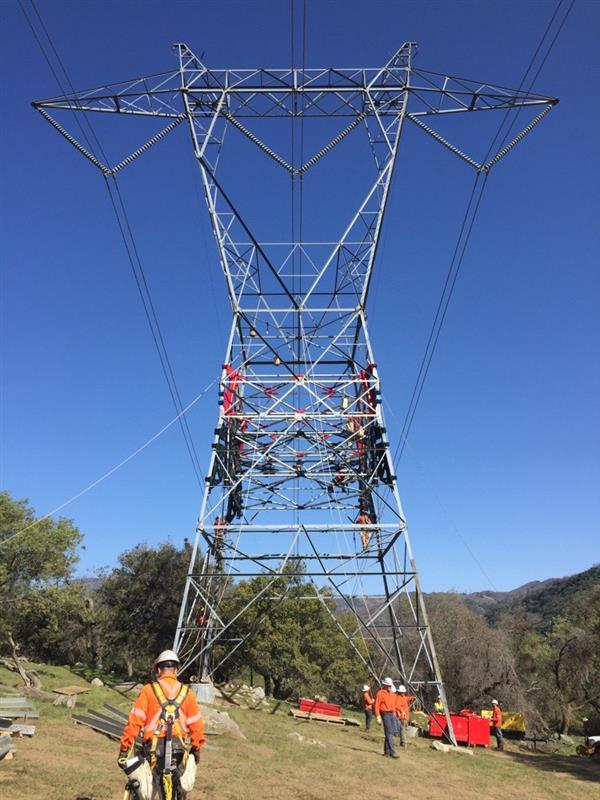AMPJACK® Safety Working Near High Voltage Energized Lines
AMPJACK® Best Practices Near High Voltage Energized Lines

Working near energized high voltage electrical lines demands rigorous safety measures to safeguard workers and prevent accidents. This blog delves into the essential precautions and standards that should be followed in such scenarios.
Precautions When Working Near Energized Lines:
Understanding the Risks: Before any work commences near energized lines, it’s crucial to assess the potential risks involved. A hazard and risk assessment should be performed to identify potential dangers and implement appropriate safety measures.
Maintaining Safe Distances: Regulations, like those set by OSHA, require the use of fall protection anytime a worker could potentially fall 6 feet (2 meters) or more (in the construction industry) and 4 feet (1.2 meters) or more (in general industry). This means that a safe distance must be maintained from the lines and equipment to prevent accidental contact.
100% Tie Off: When working at heights near energized lines, 100% tie-off with a Y-Lanyard is mandatory. Positioning straps alone are not considered fall protection. This measure ensures that workers are securely attached and prevents falls.
Safety Hold Off and Tagging: In situations where the line or equipment cannot be de-energized, a safety hold-off procedure should be in place. This includes proper tagging and communication to indicate who is holding the permit. Ensuring that everyone on the team understands and adheres to these safety protocols is paramount.
Equipment Inspection: All fall protection equipment should undergo rigorous inspection before each use. Any equipment found to be defective or unsafe must be tagged as such and removed from service. This practice helps maintain the integrity of safety equipment.
Meeting or Exceeding Safety Standards: Limits of Approach (CAN) and Minimum Approach Distance (US) must be maintained as per the relevant safety standards, whether provided by the client or utility, provided that they meet or exceed CSA or OSHA safety requirements.
Conclusion
When working near High Voltage energized lines and equipment, safety should always be the top priority. Understanding the risks, maintaining safe distances, following proper tie-off procedures, implementing safety hold-offs, inspecting equipment, and adhering to safety standards are essential steps in ensuring the well-being of workers and the successful completion of tasks in these challenging environments. Safety is a shared responsibility, and every worker should be well-versed in these precautions to protect themselves and their colleagues.
